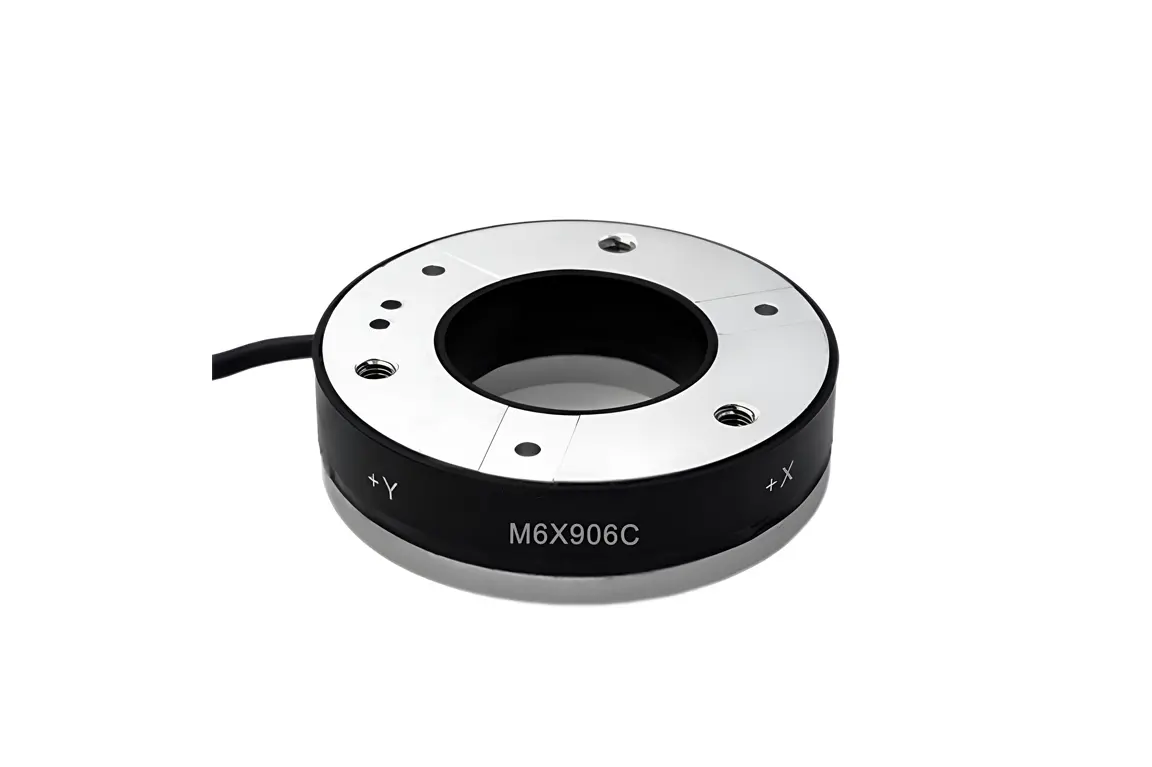Revolutionizing Precision: The Rise of Six-Axis Force Sensors
Six-axis force/torque sensors, capable of measuring forces (Fx, Fy, Fz) and torques (Mx, My, Mz) simultaneously, are redefining precision across industries. With sub-Newton accuracy and real-time data processing, these sensors enable machines to “feel” and adapt to dynamic environments—a critical capability for applications ranging from robotic surgery to aerospace assembly.
Industry Applications Driving Demand
1.Humanoid Robotics
Leading robotics firms, including Tesla (Optimus) and Ubtech (Walker X), now rely on six-axis sensors for tasks requiring human-like dexterity. Installed in wrists, ankles, and grippers, these sensors enable precise force feedback during object manipulation and adaptive walking on uneven terrain.
2.Automotive & Aerospace
In BMW’s smart factories, six-axis sensors reduced assembly defects by 43% through real-time torque monitoring during engine installations. Aerospace applications include SpaceX’s satellite docking systems and flight attitude control, where sensors achieve 5kHz dynamic response rates for split-second adjustments.
3.Medical Advancements
Surgical robots integrated with six-axis sensors, such as those developed by Haixi Medical, demonstrate 97% force feedback accuracy, enabling safer minimally invasive procedures. Rehabilitation devices also leverage this technology for personalized therapy regimens.
Market Outlook & Technological Trends
The global six-axis sensor market is projected to grow at a CAGR of 18.7% through 2030, driven by:
AI Integration: Machine learning algorithms analyze sensor data to optimize robotic motion planning and predictive maintenance9.
Miniaturization: MEMS-based designs like HBM’s K-SP5/8KG-JW2 now fit into micro-robots and IoT devices without sacrificing performance
Looking Ahead
As six-axis sensors evolve toward nanoscale resolution and cloud-connected ecosystems, their role in Industry 4.0 and human-robot collaboration will expand exponentially. With Kelishi and Huawei paving the way, China is poised to lead this transformative wave, reshaping industries from intelligent manufacturing to AI-driven healthcare.
For technical specifications or partnership inquiries, visit [Company Website:https://mare-x.com/] or contact [email protected]


this is test comment via developer